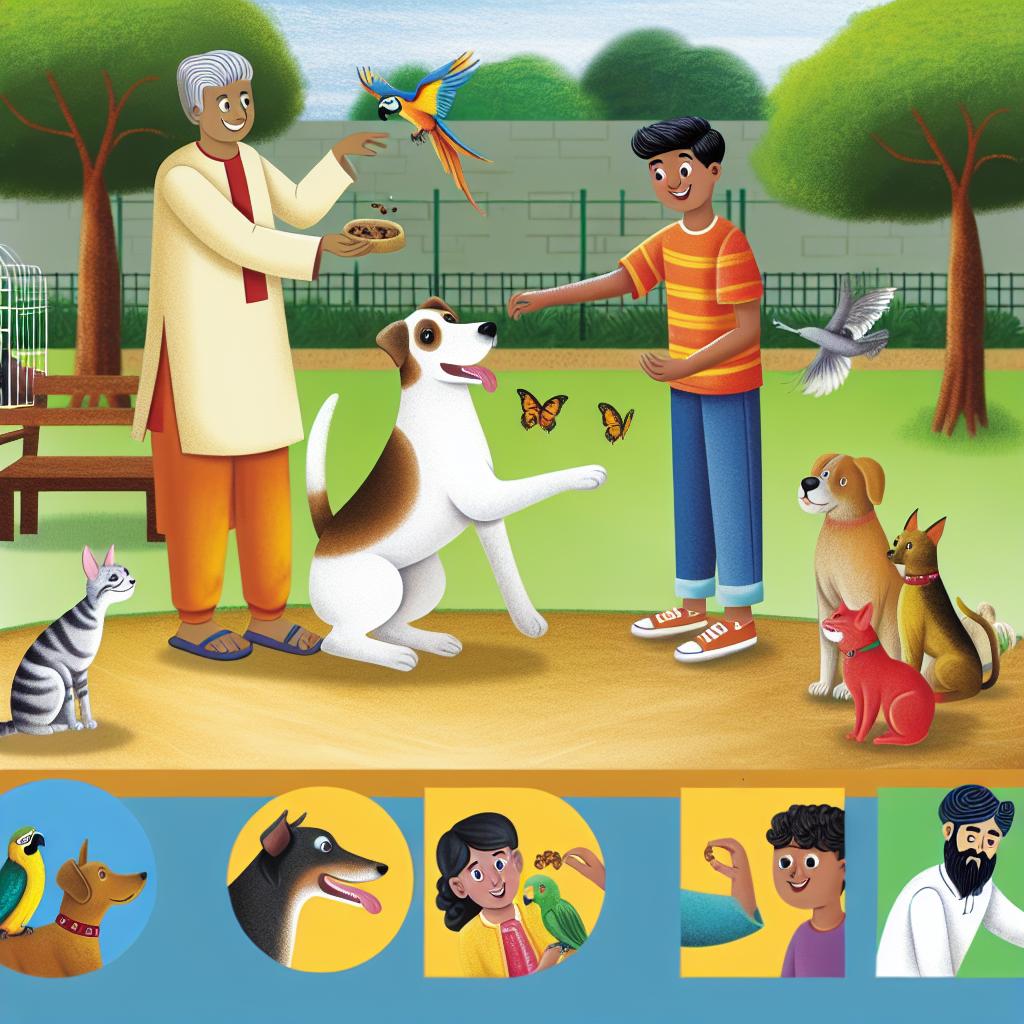
Ensuring a dog grows up to be a well-adjusted and confident companion is a priority for most pet owners. One fundamental aspect of this developmental process is socialization. Socializing your dog is an essential step in shaping their behavior and interacting skills. Proper socialization helps prevent behavior problems and makes your dog comfortable in various situations. This involves interactions with other pets as well as with people. In this guide, we will delve into effective techniques for successfully socializing your dog.
Socialization is essentially the process of exposing your dog to a multitude of different experiences, people, and animals. It is highly beneficial to start this process at a young age. The critical period for socializing puppies is usually between three to fourteen weeks of age. During this time, puppies are particularly open to learning and accepting new experiences. However, it is important to note that even adult dogs can be socialized, although this requires more patience and consistent effort.
Socialization encompasses various elements and is more than just interactions with other dogs. It includes exposing your dog to a variety of environments, sounds, textures, and scenarios. Recognizing the importance of these factors plays a crucial role in ensuring a well-rounded socialization process that prepares your dog for living in a human-centered world.
Introducing your dog to other pets is a crucial aspect of their social development. The introduction process should be gradual to minimize stress and allow both animals to feel comfortable. A neutral environment where neither pet feels territorial is preferable. Using positive reinforcement, such as treats and praise, encourages calm behavior and fosters positive associations. Additionally, always supervising these interactions is vital to avoid any potential adverse incidents.
Opting for control when introducing new pets can make a significant difference. Controlled environments like fenced yards or enclosed park areas are ideal starting points, as they provide safety and allow for better management of the interaction. Keeping both animals on leashes initially is a practical way to maintain control and ensure safety, giving handlers the ability to intervene if necessary.
Understanding and observing body language is a critical component when introducing pets. Animals communicate a great deal through their posture and energy levels. Watching for signs of discomfort or aggression, such as growling, stiff posture, or bared teeth, should be acted on immediately by separating the animals and trying again later. Positive interactions are generally indicated by relaxed postures, wagging tails, and play bows, suggesting that the animals are comfortable with each other.
Socializing your dog with humans is just as significant as their interactions with other animals. Begin with introducing your dog to a few calm and familiar individuals. This helps your dog build confidence in their interactions with humans. Gradually increase the range of people your dog is exposed to, encompassing different ages, sizes, and appearances.
Encouraging positive interactions is key to building your dog’s social skills with people. New people can offer your dog treats or engage them with a favorite toy, creating positive associations with new individuals. This helps in developing a perception that meeting new people can be a pleasant experience.
For dogs that exhibit fearfulness or shyness around unfamiliar faces, a slow and steady approach is often most effective. Allowing the dog to approach people at their own pace ensures they do not feel overwhelmed. Reinforce calm behavior by offering praise or treats. When your dog shows improvement by confidently greeting new people, it signifies significant progress in overcoming their reservations.
Consistency is the cornerstone of successful socialization. Maintaining regular exposure to new experiences while applying a positive reinforcement strategy significantly boosts the likelihood of success. Consistency aids in embedding good behaviors and ensures your dog remains well-socialized throughout their life.
Regular practice in different environments, among different people, and with different pets, is crucial. Encouraging good behavior and rewarding your dog when they demonstrate confidence and friendliness reaffirms these positive behaviors.
Socializing your dog adequately with both pets and people is a vital component of their development. Adopting a gradual, patient approach and employing positive reinforcement techniques can significantly enhance your dog’s social skills. With consistent effort, dogs can learn to enjoy the company of others and adapt to a wide range of social settings.
For further detailed guides and resources on socializing your dog, it is advisable to consult reputable sources such as the American Kennel Club or other reputable dog training associations. These resources provide valuable insights and detailed methodologies for ensuring that your dog becomes a well-adjusted member of your family and the wider community.